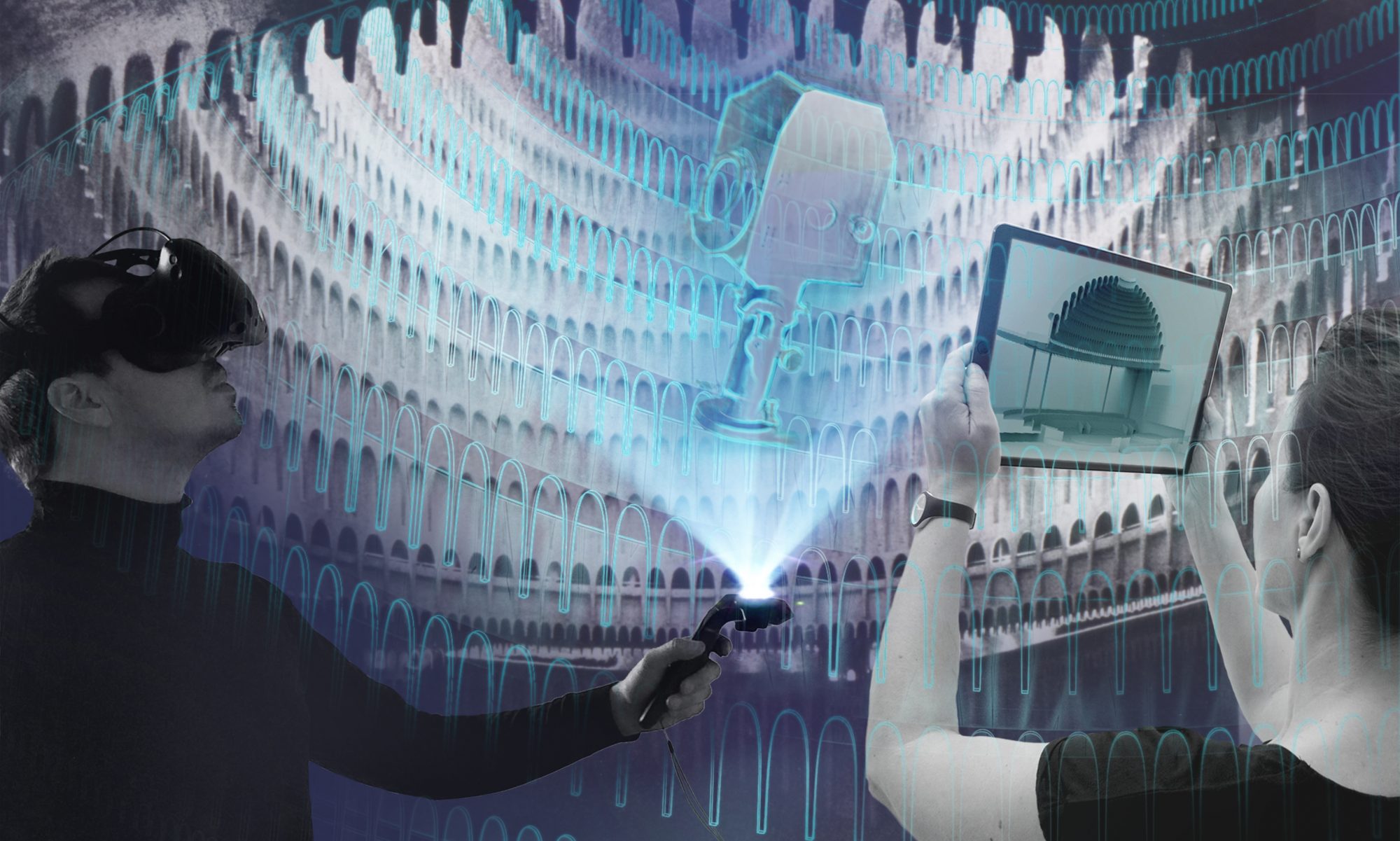The types of content that can be presented and experienced in virtual reality are diverse and very different – we provide an overview.
The project examples we show here have various characteristics, and it is often difficult to pinpoint the differences. First, it helps to point out clear contrasts and sharpen the terminology. This is because VR content often consists of a combination of properties with fluid transitions.
Monoscopic or stereoscopic
Perhaps the clearest distinction is between monoscopic and stereoscopic content: In a monoscopic image, the perspective is presented from a single position. Viewed through VR glasses, this creates the impression of standing in a sphere onto which the image is projected “flat.” In contrast, stereoscopy generates slightly laterally shifted images separately for each eye. In the brain, these two individual images are combined to form a three-dimensional image and the impression of three-dimensionality is created.
Characteristics: Monoscopic – preproduced – non-interactive:
360° Photo from the auditorium of the Komische Oper Berlin
© Claus-Peter Gabriel, 2019
 Characteristics: Stereoscopic – preproduced – linear:
Characteristics: Stereoscopic – preproduced – linear:
“14 Vorhänge”, Einar Schleef, Staatstheater Augsburg, 2021
Staging André Bücker / Produktion Heimspiel
Link to the project: https://staatstheater-augsburg.de/14_vorhaenge
Pre-produced or real-time rendered
Static images and linear films are (usually) produced before the moment of viewing. They are therefore pre-produced and can be viewed by the user. The only possibility to intervene is to switch to the previous or next image or to pause or fast-forward/rewind the video. It does not matter whether the images and videos were recorded by a camera or rendered – i.e. digitally calculated – in a 3D program.
For VR content that will run in real time, a graphics processor calculates images based on spatial geometric data sets. One for each eye and – to enable a smooth experience in VR – at least 60x per second. Because the images are rendered just at the moment they are to be viewed, the underlying data set can change constantly – the scene can be interacted with. At the same time, a high proportion of computing power is required here.
 Characteristics: Stereoscopic, real-time calculated, non-interactive, linear
Characteristics: Stereoscopic, real-time calculated, non-interactive, linear
Opening Night at the Großes Schauspielhaus, digital.DTHG, 2021
Link to the project: https://digital.dthg.de/en/schauspielhaus-vr/
Passive or interactive
In a non-interactive experience, the viewers have no influence whatsoever on the events they experience and the course of the action. The users are passive recipients of a performance, as is often the case with films, radio plays, but also live concerts or theater performances.
With interactive VR content, users can influence the experience. Whether an application can be used interactively is not a yes-no decision, but a gradual one. It makes sense to distinguish between different levels of interactivity according to the degree of interactivity: For example, in one application, minimal interaction can be used to determine the progress of a story, whereas with extensive interaction options, the course of a narrative can be shaped completely freely.
Characteristics: Stereoscopic – real-time calculated – interactive, linear:
Fragmente – ein digitaler Freischütz, Cyberräuber, Theatre in Karlsruhe and Linz, 2019
Link to the project: http://wp11159761.server-he.de/vtheater/de/fragmente-ein-digitaler-freischuetz/
Linear or non-linear experiences
If it is possible to influence the course of the action by means of interaction, this is referred to as a non-linear experience. In contrast, the sequence of events in linear narratives is predetermined and unchangeable.
 Characteristics: Stereoscopic – real-time calculated – interactive – non-linear:
Characteristics: Stereoscopic – real-time calculated – interactive – non-linear:
Spatial Encounter, digital.DTHG, 2021
Link to the project: https://digital.dthg.de/en/projects/hybrid-real-stages/
Credit Title image: (c) Claus Peter Gabriel, Komische Oper Berlin 2019
Authors: Vincent Kaufmann, Pablo Dornhege, Franziska Ritter


